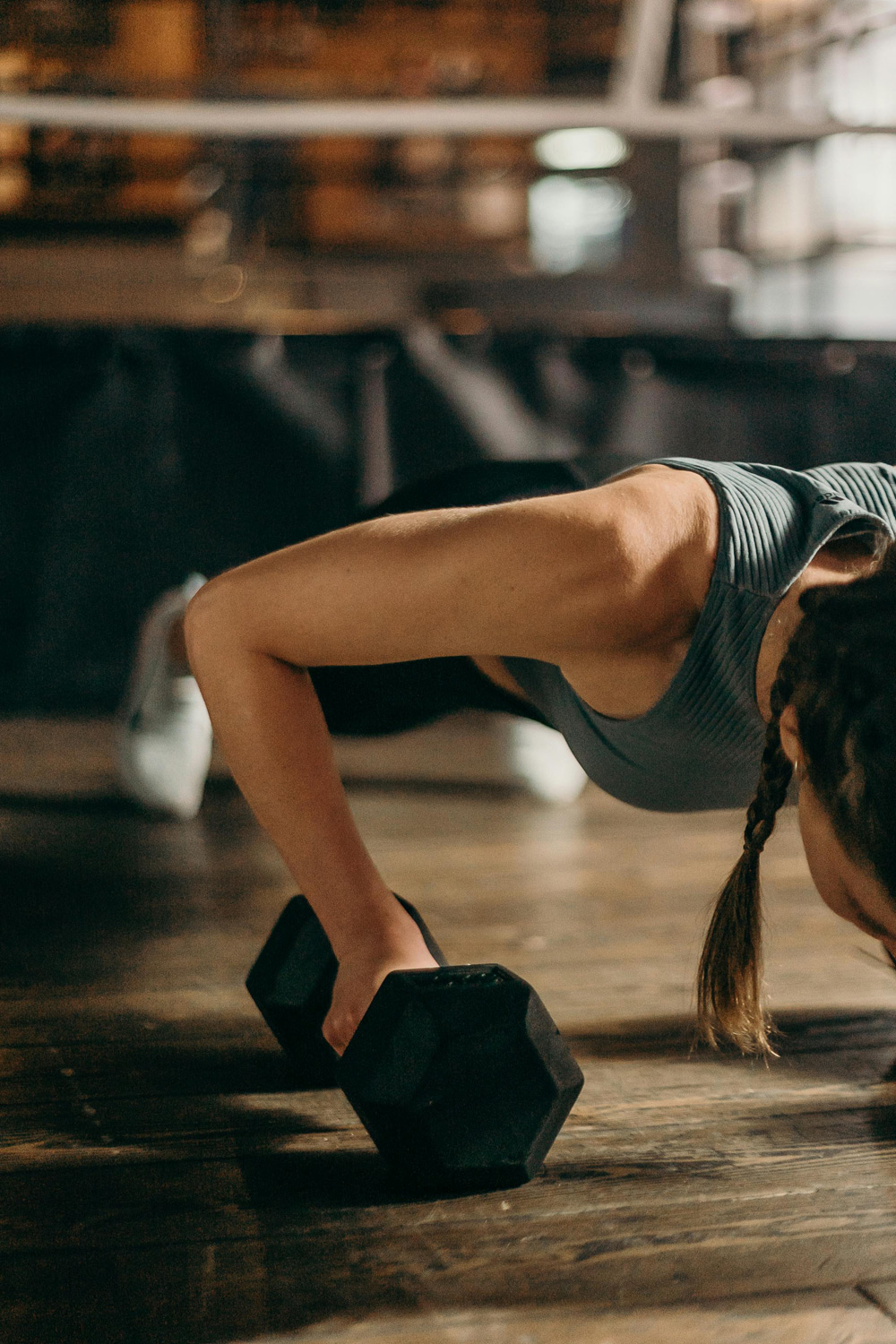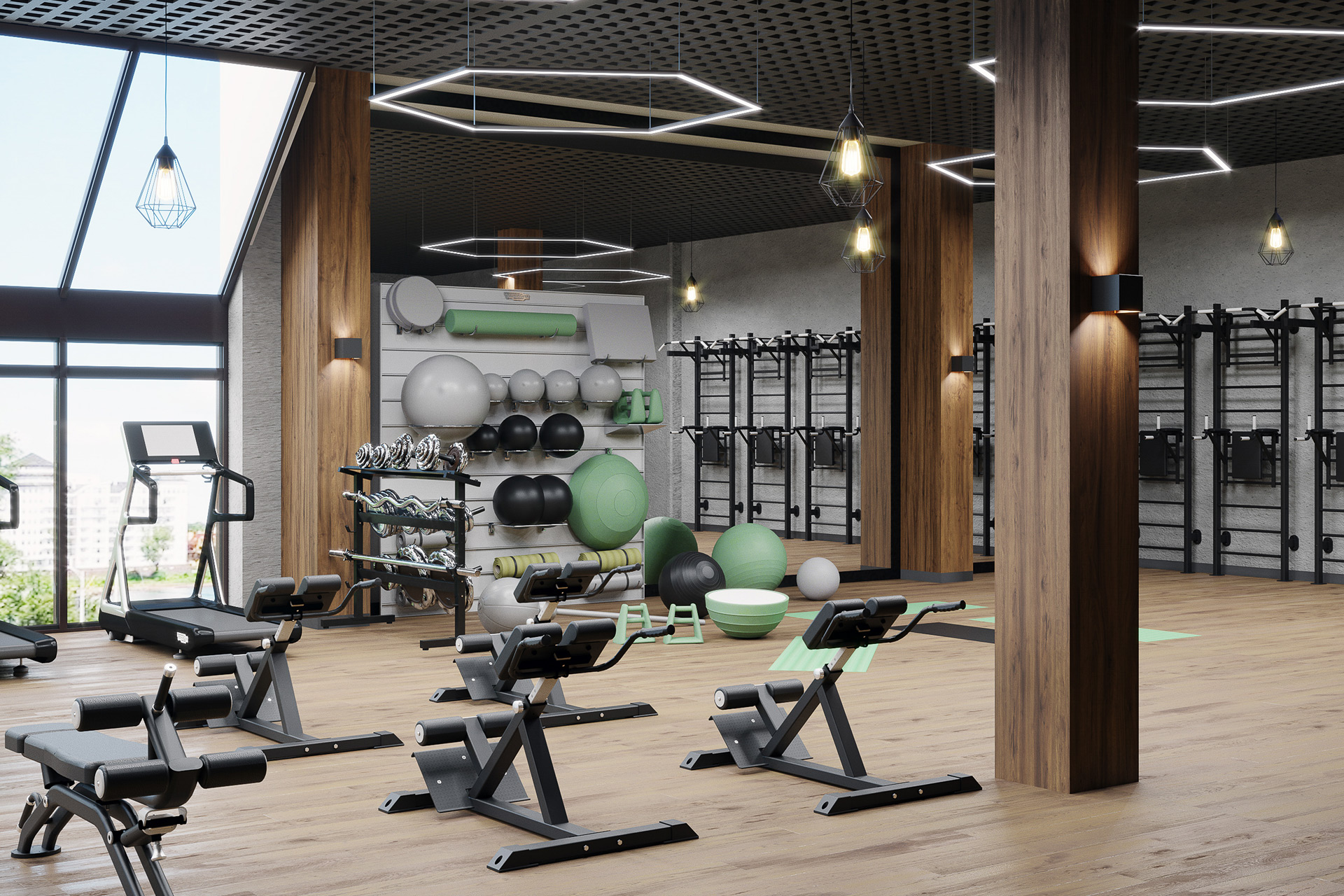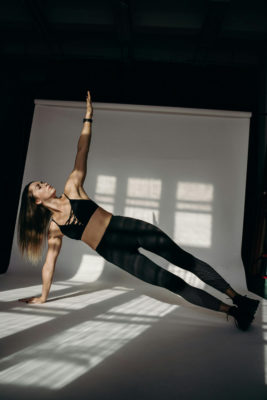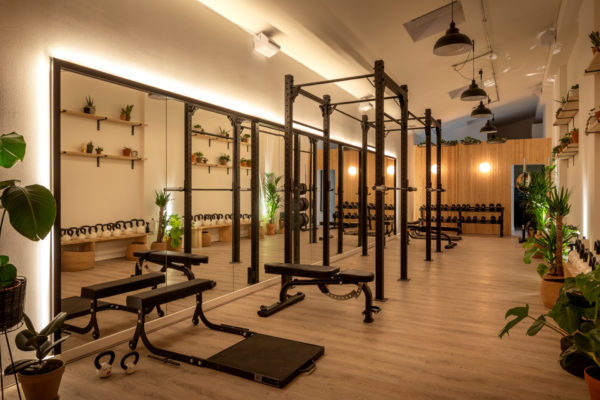
A Beginner’s Guide To Strength Training, By A PT
By
4 months ago
How to get started on your weight lifting journey
Strength training is one of the most beneficial things you can do for your long-term health, but as a beginner it can feel overwhelming. Gyms can seem like intimidating places, and as a newbie it’s easy to feel self-conscious and confused. Yet the concept of lifting weights often appears more daunting than it actually is – and a few key pointers will make getting started feel far more achievable. Here C&TH’s resident personal trainer Ellie Smith shares a beginner’s guide to strength training.
A Beginner’s Guide To Strength Training
What Is Strength Training?
First thing’s first: what even is strength training? Also known as resistance training or weight training, strength training is a type of exercise which involves using weights or resistance to build strength in your muscles. It can incorporate equipment, such as dumbbells, kettlebells, medicine balls or weight machines, but you can also strength train using just your bodyweight.
Studies have linked resistance training to a whole host of health benefits for the body. To name a few, it helps improve muscle mass, strengthens your bones, protects your heart and improves posture. But it’s also hugely beneficial for the mind: many people find weight training helps reduce anxiety, and research has even connected it to better cognitive function, lowering your risk of developing illnesses like Alzheimer’s.

Getty Images
Top Tips For Getting Started
Start Without Weights
Before you start picking up heavy dumbbells, focus on familiarising yourself with the exercises using just your bodyweight. Form is crucial in strength training: not only does it allow you to get the most out of each movement, it helps prevent injury. Start by learning the basic techniques for key exercises such as squats, lunges and planks, and only introduce weights when you feel confident. For exercises which require weights, like rows and presses, start low and build up.
Utilise Apps
A couple of in-person sessions with a personal trainer is a great way to learn the fundamentals, but for a less costly option consider signing up to a fitness app. There are an abundance of them out there, offering extensive libraries of workout plans and technique tutorials. Some of the best include the Nike Training App, FIIT, Peloton and Give Me Strength.
Set Yourself Goals
Goal setting is crucial for strength training as it helps provide direction. It can help to use the SMART framework: your goal should be specific, measurable, attainable, relevant and time-bound. When you’re getting started, this could be something as simple as going to the gym twice a week for 45 minutes for six weeks. As you progress, your goals can become more advanced, such as building up to a specific squat weight across a six-week period, or learning to do your first pull up within six months.
Plan Your Workouts In Advance
To avoid aimlessly wandering around the gym, plan your workouts in advance. There are endless workout plans available online – ideally, get your advice from professionals with credentials from bodies like HFE Training, The Training Room, NASM and Origym. Alternatively, you can build your own using some top tips below.

Getty Images
How To Structure A Workout
There are a number of different ways you can structure a strength training workout, but there are some general guidelines to follow. Firstly, decide whether you’re going to train full body, upper body or lower body – one of each per week can be a good place to start. Always begin your workout with a warm up; this should be around five to seven minutes, and involve a mix of mobility and heart rate increasing exercises such as hip circles, arm swings, plank walkouts, lunges with twists, and deep squat openers. It’s also a good idea to include some core activation exercises here, such as plank toe taps or deadbugs.
Then, focus on your compound exercises. These are the ones that work multiple muscle groups at once, such as squats (glutes, hamstrings, quadriceps), rows (trapezius, deltoids, lats) and deadlifts (lats, hamstrings, core, glutes). Next, it’s time for the isolation exercises: the smaller movements that target just one muscle group, such as tricep dips and bicep curls.
Start by performing each exercise for eight to 12 reps, then resting and repeating for three or four sets of each exercise before moving onto the next. Alternatively, you can perform exercises as a circuit, then repeat the circuit a few times. Once you get more confident, you can progress your workouts by increasing the weight, upping your number of reps or sets, or incorporating more challenging training techniques such as supersets, where you perform two exercises straight after one another before resting.
Finish with a cool down, focusing on bringing your heart rate down and stretching the muscles you’ve worked.
What Equipment To Use
As mentioned above, for some exercises it helps to start with just your bodyweight. But once you’re feeling ready to pick up some weights, equipment generally falls into two main categories: weight machines and free weights. Weight machines can be really helpful for beginner’s to strength training, as they usually have instructions attached to them, and make adding load simple. They’re also particularly good for targeting smaller muscles, such as the lats (lateral pulldown machine) and the hamstrings (hamstring curl machine).
Free weights, meanwhile, are any kind of weight that isn’t attached to a machine – the equipment you can pick up and move around such as dumbbells, kettlebells and barbells. The main difference between dumbbells and kettlebells is the shape. Dumbbells typically offer a more comfortable, secure grip, which means they’re good for traditional strength exercises like shoulder presses and flyes. Kettlebells, meanwhile, offer a greater range of motion due to their handle design, making them best suited to ballistic exercises like swings, cleans, and snatches.
Barbells are more of an advanced piece of equipment well suited to compound exercises like deadlifts, squats and rows. They can hold a lot more weight than dumbbells and kettlebells, but whatever your strength it’s important to start lower and build up. If you’re not sure how to set the barbell up, gym instructors are always more than happy to help.
Ellie Smith has a Level 3 personal training qualification with NASM









